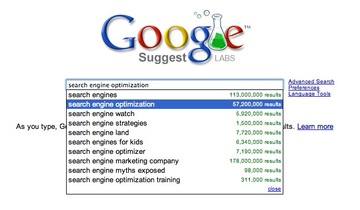Construct a variable name in PHP from a string and another variable
The “Shop” page of this site is a php page which displays an amazon a-store category and the second level tabs appropriate to that category, using a “node id”.
The html for the tabs is defined in an included page like this:
<?php //-------------// $tabs6= '<ul class="yui-navset bd">'; $tabs6.='<li class="first selected" id="tab6"><a href="shop.php?tab=6" >Web Development</a></li>'; $tabs6.='<li class="" id="tab180"><a href="shop.php?tab=180" >CSS</a></li>'; $tabs6.='<li class=" " id="tab183"><a href="shop.php?tab=183">Javascript</a></li>'; $tabs6.='<li class="last" id="tab181"><a href="shop.php?tab=181">DHTML</a></li>'; $tabs6.='</ul>'; $tabs180= '<ul class="yui-navset bd">'; $tabs180.='<li class="first " id="tab6"><a href="shop.php?tab=6" >Web Development</a></li>'; $tabs180.='<li class="selected" id="tab180"><a href="shop.php?tab=180" >CSS</a></li>'; $tabs180.='<li class=" " id="tab183"><a href="shop.php?tab=183">Javascript</a></li>'; $tabs183.='<li class="last" id="tab181"><a href="shop.php?tab=181">DHTML</a></li>'; $tabs180.='</ul>'; $tabs183= '<ul class="yui-navset bd">'; $tabs183.='<li class="first " id="tab6"><a href="shop.php?tab=6" >Web Development</a></li>'; $tabs183.='<li class="" id="tab180"><a href="shop.php?tab=180" >CSS</a></li>'; $tabs183.='<li class=" selected" id="tab183"><a href="shop.php?tab=183">Javascript</a></li>'; $tabs183.='<li class="last" id="tab181"><a href="shop.php?tab=181">DHTML</a></li>'; $tabs183.='</ul>'; ?>Continue reading
